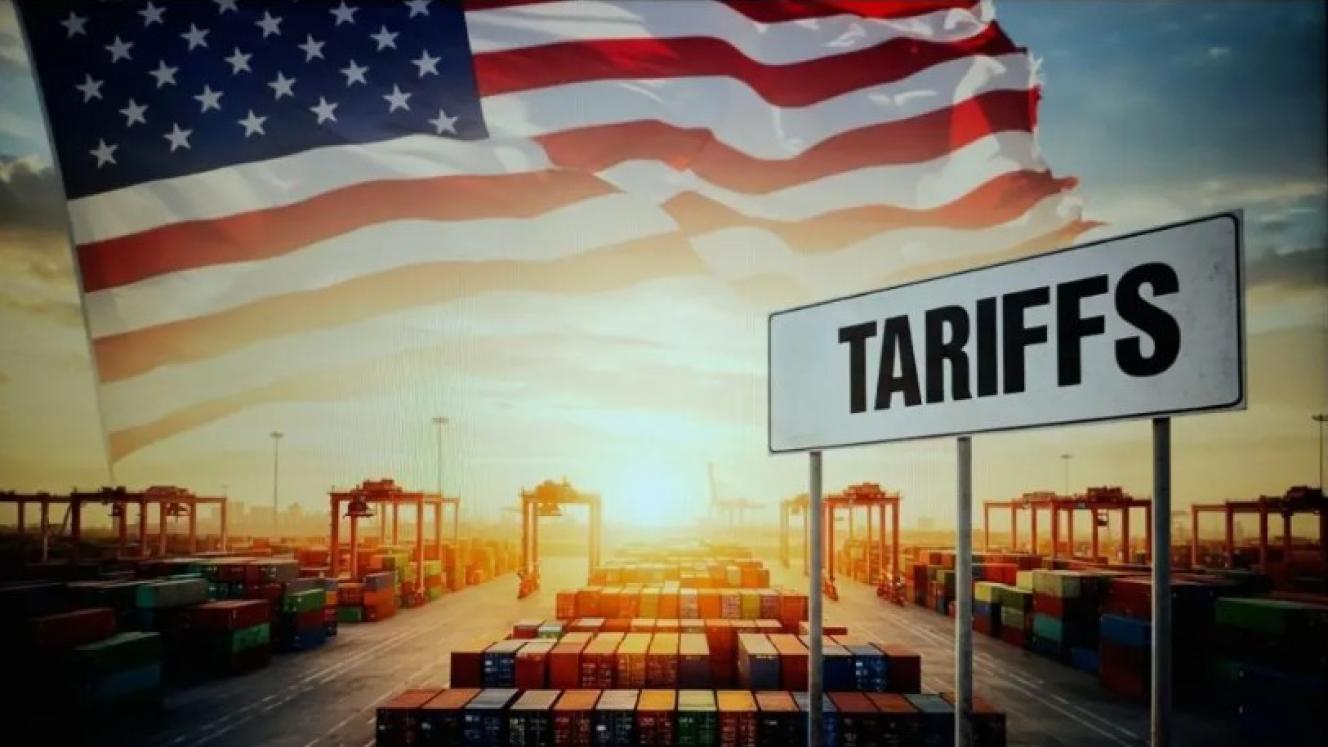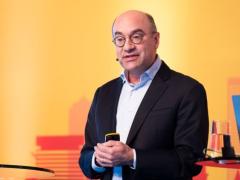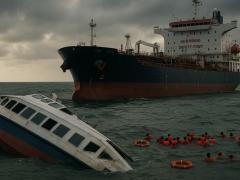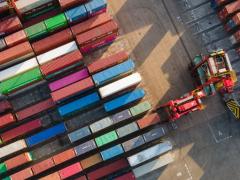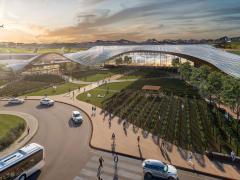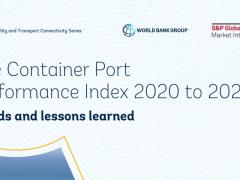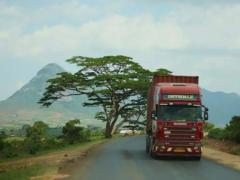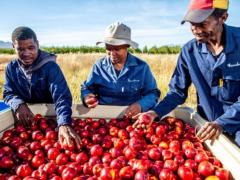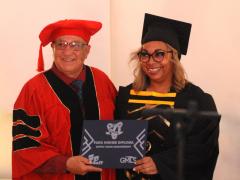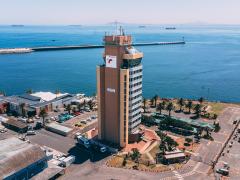Cornelder de Moçambique is focusing on improving efficiency and enhancing digital integration to meet increased cargo demands. With an increasing number of systems active in controlling port operations, fibre and wireless connectivity is becoming ever more important to avoid operational downtime, Jan de Vries, CEO of Cornelder de Mozambique told Freight News. Cornelder is in the process of becoming the fourth mobile network operator in Mozambique by installing a private mobile LTE network in partnership with Nokia and Sedna. Once fully operational, the network will ensure reliable real- time communications within each corner of the terminal. One of the first major benefactors of this advanced network is an in-house-developed Terminal Flow System. In its current iteration it provides operational insight into the location and performance of each machine active in the terminal. Modules due to be rolled out later in the year will see the system proactively controlling the movement of each machine through a global navigation system accurate to a centimetre. There will also be full integration with the Navis system. This will ensure that reach stackers prioritise the right jobs and place their containers in the right slots, and that tractors reach their destinations in the most efficient way possible, increasing productivity as well as lowering the company’s carbon footprint, said De Vries. Enhancements are also under way in the port’s physical infrastructure. Construction of a new entrance complex for the general cargo terminal is under way. This gate complex will include multiple lanes, additional weighbridges and a dedicated buffer parking area, which will reduce congestion. Additionally, the yards are being expanded. Six hectares of storage yards in the general cargo terminal will be added by the end of this year, while construction of five hectares of additional container yard has just started. “This significantly increases handling capacity across both container and general cargo terminals,” according to De Vries. There is also ongoing investment in handling equipment. A notable innovation is the in-house-developed fertiliser bottom line discharge system using specialised trailers and drive over hoppers. This system will improve productivity levels of fertiliser into port warehouses using stacking conveyor systems, De Vries points out. Two additional ship-to-shore cranes in the container terminal will allow for the handling of container ships with a capacity of up to 10 000 TEUs and will bring quay capacity to 700 000 TEUs per year. “Despite external challenges, the Port of Beira is well positioned to support increased cargo volumes through these initiatives, leveraging technology and infrastructure improvements to maintain its critical role in regional trade,” De Vries told Freight News. ER
